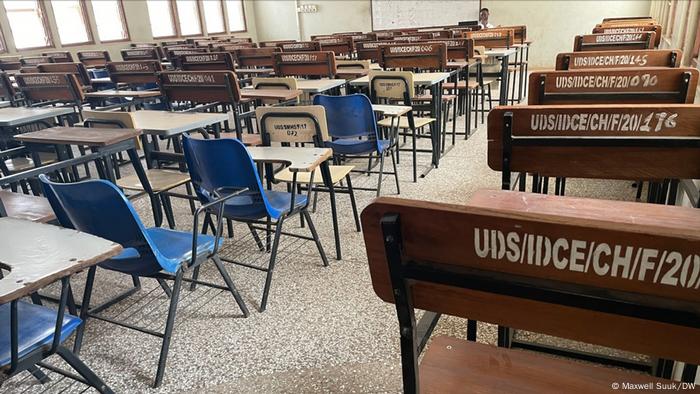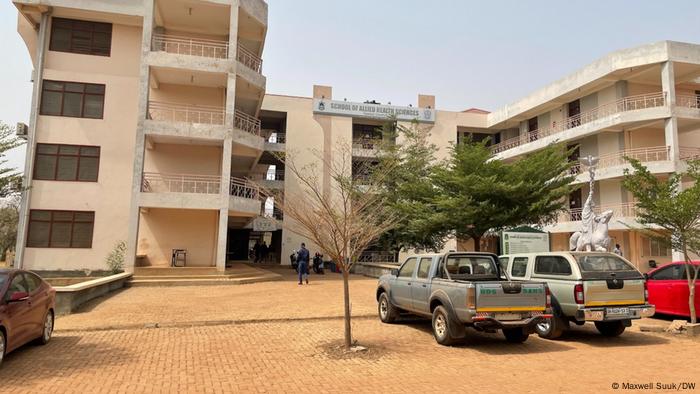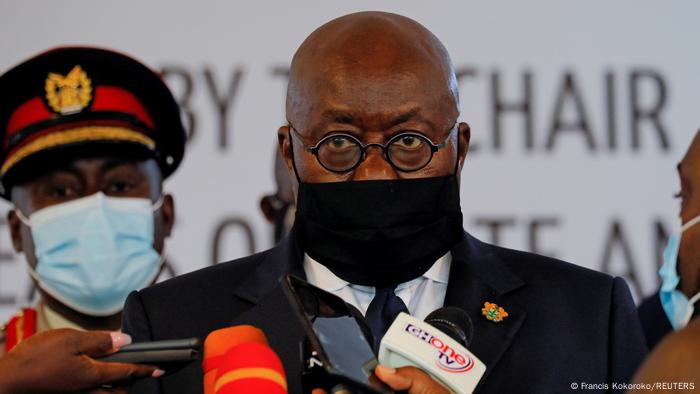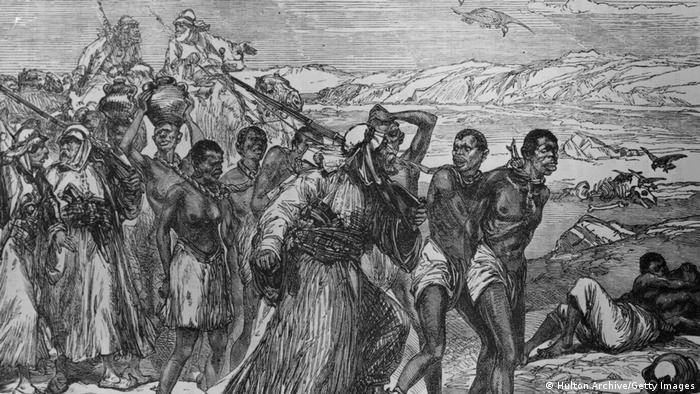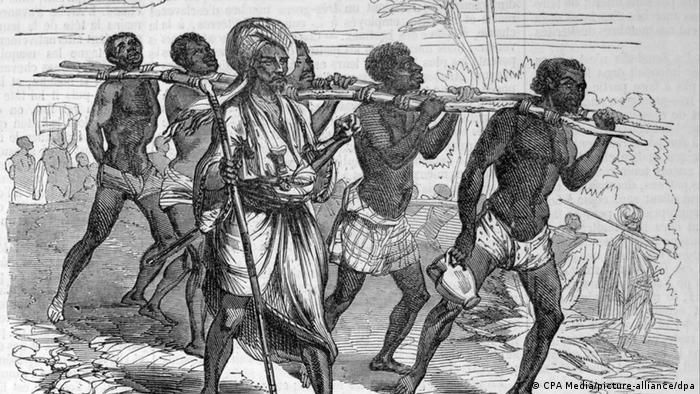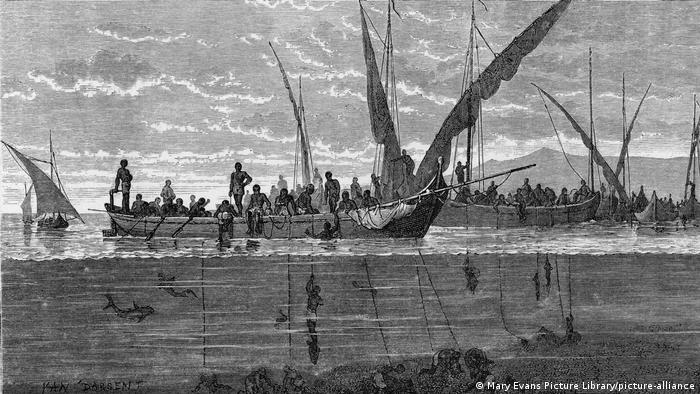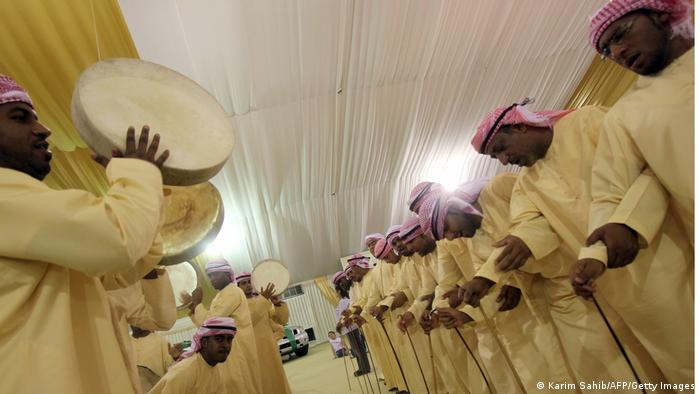By Catherine Buchaniec, Medill News Service
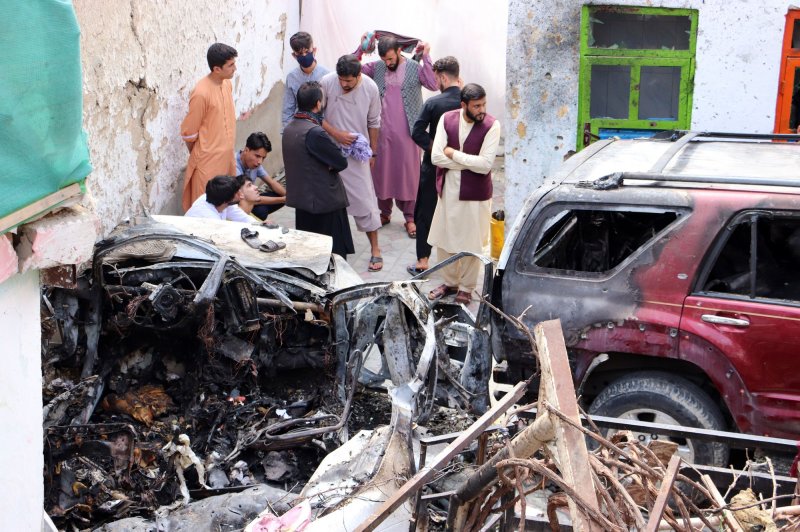
Afghan residents and family members of the victims gather next to a damaged vehicle inside a house, day after a U.S. drone airstrike in Kabul, Afghanistan, on August 30,
WASHINGTON, Feb. 9 (UPI) -- Amid recent reports of civilian deaths from military drone strikes, human rights groups urged the Senate Judiciary Committee on Wednesday to increase congressional oversight of the Pentagon's drone program.
The committee examined the legal and moral costs of targeted killings and weighed the benefits of expanding accountability measures.
A New York Times investigation into airstrikes that killed civilians, as well as an independent study from the RAND Corporation, found that the Defense Department was neither organized nor had enough resources to sufficiently assess and respond to incidents in which U.S. forces caused civilian deaths.
Last month, Secretary Lloyd Austin ordered the Pentagon to develop plans to reduce civilian casualties in U.S. strikes. He issued the directive several months after the Pentagon admitted that an August drone attack in Afghanistan killed 10 civilians, seven of them children.
RELATED Declassified footage shows U.S. drone strike that killed Afghan civilians
"Our country has failed to live up to its civilian protection obligations," said Hina Shamsi, director of the ACLU National Security Project, adding, "We can continue down the costly old path or we can invest in alternatives that actually keep us all safer."
Although some lawmakers appeared receptive to increasing accountability measures within the drone program, the hearing quickly became contentious as committee members balanced the need for counterterrorism activities while also minimizing civilian casualties.

"Greater transparency with drone strike data is a way for the public to gauge the true value of the drone program and understand the care with which these operations are conducted," said Sen. Diane Feinstein, D-Calif. "Hiding this information moves us in the wrong direction."
RELATED Pentagon will not punish U.S. troops over Kabul strike that killed 10 civilians
But witnesses said inconsistencies between the Pentagon's data and information collected by third parties and the media mean transparency isn't enough.
Instead, the human rights groups encouraged lawmakers to look more broadly at Congress' constitutional role on matters of war.
Military power and authority have become too consolidated in the executive branch, according to Stephen Pomper, chief of policy for International Crisis Group and a former staff member of the National Security Council.
RELATED U.S. drone strike kills al-Qaida leader in Syria, CENTCOM says
"The best and probably only way to test the risks, weigh the costs and determine the proper scope of this in any conflict is to encourage" discussion among the various national security-related agencies and offices, Pomper said.
He also said it's time for Congress to increase its checks and balances on the executive branch by amending the 2001 Authorization for Use of Military Force and the 1973 War Powers Resolution.
While some Democrats on the committee appeared receptive to the prospect, Republicans instead focused on the benefits of drone strikes as part of the military's counterterrorism efforts.
"I can't believe we're talking about neutering the drone program at a time we need it most," said Sen. Lindsey Graham, R-S.C.
Nathan Sales, a former ambassador-at-large and coordinator for counterterrorism at the State Department, noted that few military platforms are as "precise and discriminating" as drones.
"Other options can involve less precision, potentially resulting in greater risk of collateral damage and death," Sales said.
